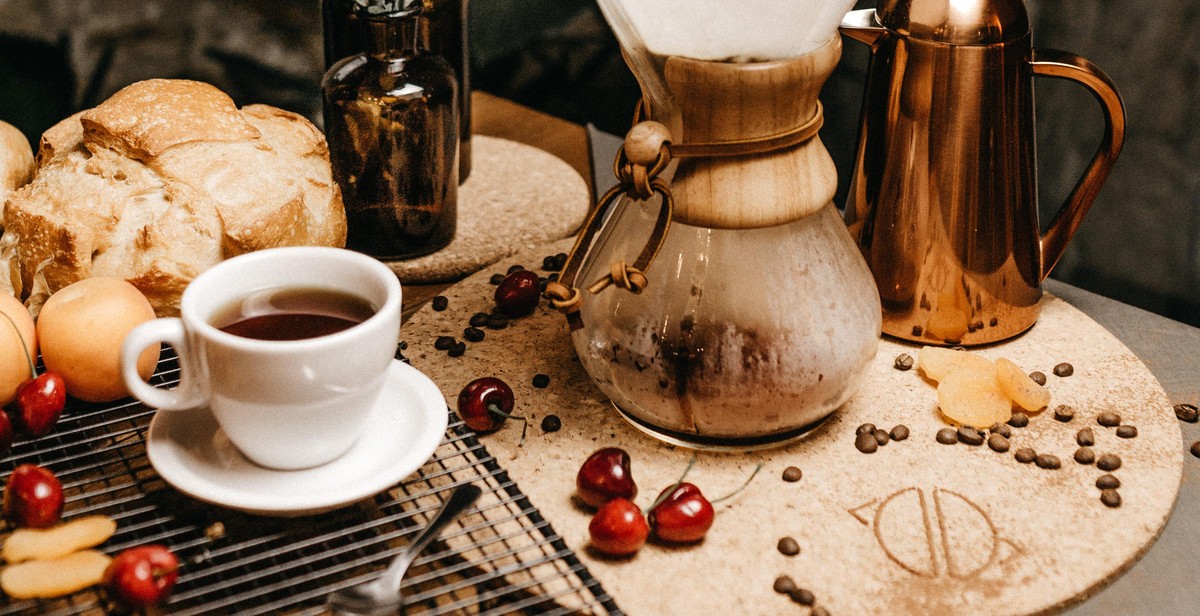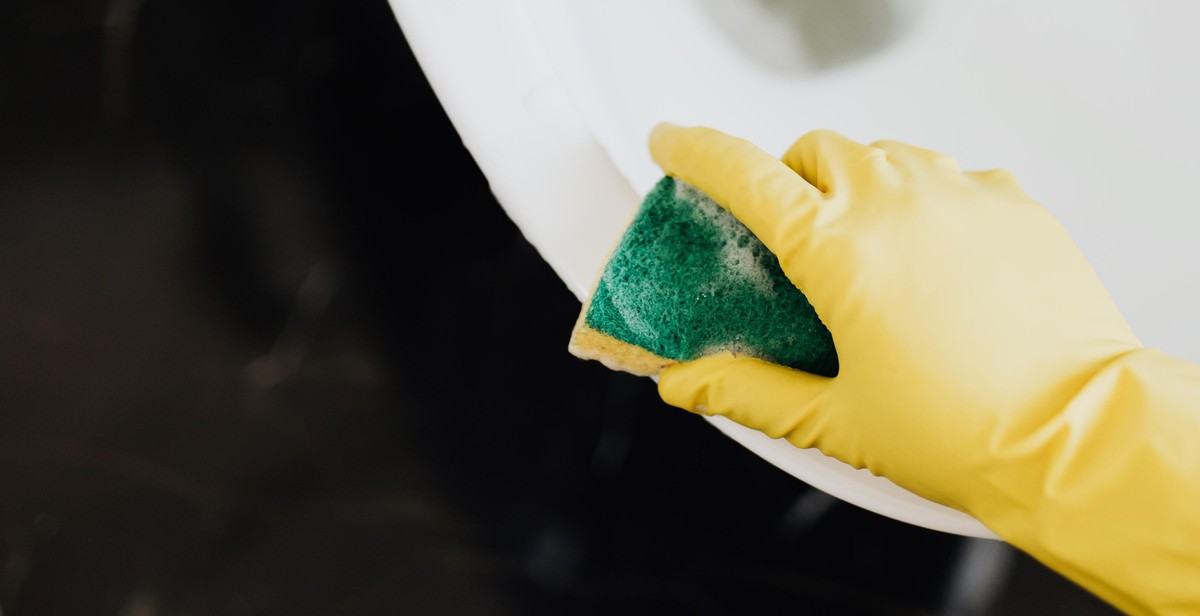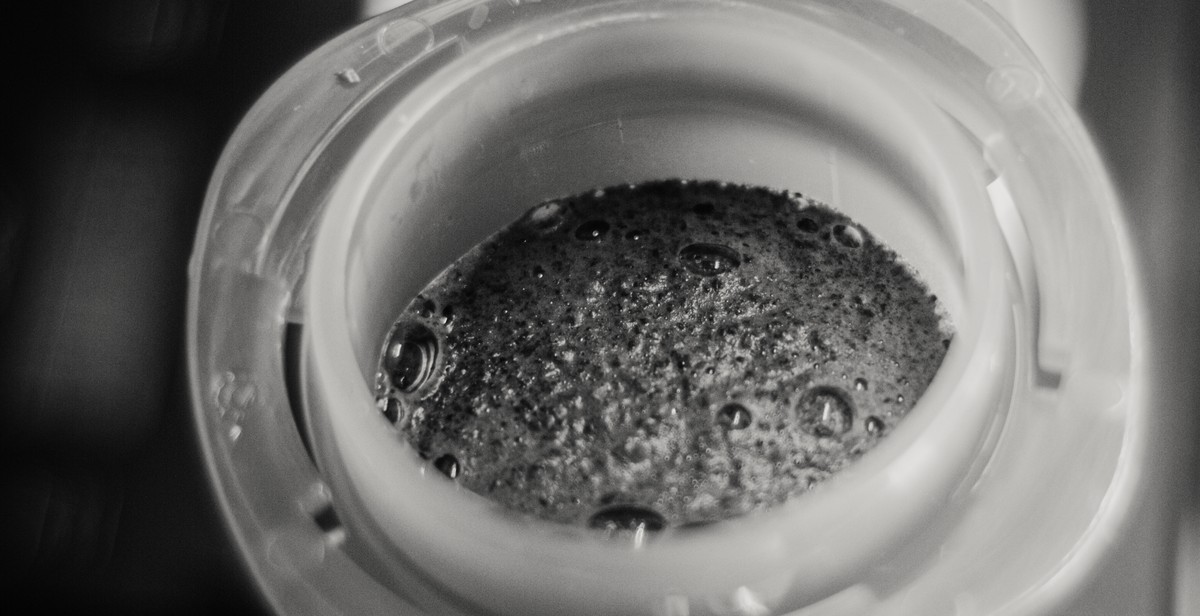How to Troubleshoot Common Brewing Issues: Solutions for Common Problems in the Brewing Process
Brewing is an art that requires precision, patience, and persistence. As a seasoned brewer, I can attest to the fact that the brewing process is not always smooth sailing. In fact, it is not uncommon to encounter several challenges that can ruin your brew, especially if you are a beginner. The good news is that most of these issues are fixable, and with the right knowledge, you can troubleshoot them and save your brew.
In this article, I will share some of the most common brewing issues that brewers face and offer practical solutions to help you overcome them. Whether you are a seasoned brewer or a newbie, this guide will provide you with valuable insights on how to troubleshoot common brewing issues and achieve the perfect brew every time.
Common Brewing Issues
- Off-flavors
- Lack of carbonation
- Cloudy or hazy beer
- Low alcohol content
- High alcohol content
- Infection
- Flat beer
- Over-carbonation
- Poor head retention
- Stuck fermentation
These are just a few of the most common issues that brewers encounter during the brewing process. If you have experienced any of these issues, don’t worry – you are not alone, and there is a solution.

Equipment Issues
Equipment malfunction can be a frustrating situation for a brewer. It can cause a delay in the brewing process, lead to wastage of ingredients, and even result in a ruined batch of beer. Here are some common equipment issues that brewers encounter and their solutions.
Problem: Equipment Not Functioning Properly
If your equipment is not functioning properly, it could be due to a number of reasons. Check the power source to ensure that it is plugged in and switched on. Make sure that all the parts are properly connected and secured. If the problem persists, check the user manual for troubleshooting tips or contact the manufacturer for assistance.
Problem: Equipment Not Heating Up
When your equipment fails to heat up, it could be due to a faulty heating element, a damaged thermostat, or a blown fuse. Check the heating element for any signs of damage or wear and tear. If it looks good, test the thermostat to ensure that it is working correctly. If both the heating element and thermostat are functioning properly, check the fuse to make sure that it has not blown. Replace any faulty parts or seek professional help if necessary.
Problem: Equipment Leaking
If your equipment is leaking, it could be due to a loose or damaged seal, a crack in the equipment, or a faulty valve. Check all the seals and connections to ensure that they are properly tightened and secured. Inspect the equipment for any visible cracks or damage. If the problem persists, check the valve for any signs of wear or damage. Replace any faulty parts or seek professional help if necessary.
| Problem | Cause | Solution |
|---|---|---|
| Equipment Not Functioning Properly | Power source, loose connections, faulty parts | Check power source, connections, and user manual; replace faulty parts or seek professional help |
| Equipment Not Heating Up | Faulty heating element, damaged thermostat, blown fuse | Check heating element, thermostat, and fuse; replace faulty parts or seek professional help |
| Equipment Leaking | Loose or damaged seal, crack in equipment, faulty valve | Check seals, connections, and valve; inspect equipment for damage; replace faulty parts or seek professional help |

Ingredient Issues
One of the most common reasons for brewing problems is the ingredients used. Here are some ingredient-related issues and their solutions:
Problem: Beer is Too Bitter
If your beer tastes overly bitter, it could be due to the hops you used. Different hops have different bitterness levels, so it’s important to choose the right ones for your recipe. You may have also added too many hops or left them in the boil for too long. To fix this issue, try using hops with lower alpha acid levels, reducing the amount of hops you add, or shortening the boil time.
Problem: Beer is Too Sweet
If your beer tastes too sweet, it could be due to the type or amount of malt you used. Certain malt extracts and grains are higher in unfermentable sugars, which can leave your beer with a sweet taste. To fix this issue, try using malt extracts with lower levels of unfermentable sugars, using different grains, or adding more yeast to help ferment the remaining sugars.
Problem: Beer is Cloudy
If your beer is cloudy, it could be due to a few different factors. One common cause is using too much protein-rich grains like wheat or oats. These grains can create haze in the beer. Another cause could be incomplete fermentation, which can leave behind yeast or other particles in the beer. To fix this issue, try using a clarifying agent like Irish moss or gelatin, using fewer protein-rich grains, or ensuring that your beer has fully fermented before bottling or kegging.
| Problem | Cause | Solution |
|---|---|---|
| Beer is Too Bitter | Wrong hops, too many hops, or too long boil time | Use hops with lower alpha acid levels, reduce amount of hops, or shorten boil time |
| Beer is Too Sweet | High unfermentable sugars in malt | Use malt extracts with lower levels of unfermentable sugars, use different grains, or add more yeast |
| Beer is Cloudy | Protein-rich grains or incomplete fermentation | Use clarifying agents, use fewer protein-rich grains, or ensure full fermentation before bottling or kegging |

Temperature Issues
Temperature is one of the most crucial factors in the brewing process. The right temperature can make or break your beer, so it’s important to keep a close eye on it throughout the entire process. Here are some common temperature issues that can arise during fermentation and how to troubleshoot them:
Problem: Fermentation Temperature is Too High
If your fermentation temperature is too high, it can result in off-flavors and other undesirable characteristics in your beer. Here are some steps you can take to lower the temperature:
- Move your fermenter to a cooler location
- Place your fermenter in a water bath with ice packs or frozen water bottles
- Use a temperature controller to regulate the temperature
By taking these steps, you can bring the temperature down to a more manageable level and ensure that your beer turns out as intended.
Problem: Fermentation Temperature is Too Low
If your fermentation temperature is too low, it can result in a sluggish fermentation and a lack of flavor development in your beer. Here are some steps you can take to raise the temperature:
- Move your fermenter to a warmer location
- Wrap a heating pad or blanket around your fermenter
- Use a temperature controller to regulate the temperature
By taking these steps, you can bring the temperature up to a more appropriate level and ensure that your beer ferments properly.
| Beer Style | Optimal Fermentation Temperature (°F) |
|---|---|
| Pale Ale | 65-70 |
| IPA | 65-70 |
| Stout | 60-65 |
| Wheat Beer | 68-72 |
| Lager | 45-55 |
It’s important to note that optimal fermentation temperatures can vary depending on the beer style you’re brewing. Use the table above as a general guide, but always refer to the specific guidelines for your chosen beer style.

Sanitation Issues
Sanitation is one of the most crucial aspects of brewing. Any contamination can ruin your entire batch of beer, leading to off-flavors and other issues. Here are two common sanitation problems and their solutions:
Problem: Beer Tastes Sour or Vinegary
If your beer tastes sour or vinegary, it could be due to a bacterial infection. This can happen if your equipment or bottles are not properly sanitized. To fix this problem, you’ll need to take the following steps:
- Thoroughly clean and sanitize all of your brewing equipment, including your fermenting vessel, bottles, and any tubing or valves.
- Make sure to use a high-quality sanitizer, such as Star San or Iodophor.
- Check your brewing environment for any potential sources of contamination, such as mold or bacteria.
- Consider using a yeast strain that is resistant to bacterial infections, such as a Belgian ale yeast.
Problem: Beer Tastes Metallic
If your beer tastes metallic, it could be due to a number of factors, including poor water quality or a reaction between your brewing equipment and the beer. To fix this problem, you’ll need to take the following steps:
- Check the pH of your water to ensure that it’s within the appropriate range for brewing.
- Make sure that your brewing equipment is made from a non-reactive material, such as stainless steel.
- Consider using a water filter to remove any impurities that could be affecting the taste of your beer.
- Try using a different yeast strain to see if that improves the flavor of your beer.
| Problem | Solution |
|---|---|
| Beer tastes sour or vinegary | Clean and sanitize all equipment, use high-quality sanitizer, check for potential sources of contamination, consider using a resistant yeast strain |
| Beer tastes metallic | Check water pH, use non-reactive equipment, consider using a water filter, try a different yeast strain |

Conclusion
As a seasoned brewer, I have faced my fair share of brewing issues and have learned that troubleshooting is a crucial part of the brewing process. By identifying the problem and finding a solution, you can save a batch of beer and prevent future issues from occurring.
Some of the most common brewing issues include off-flavors, low alcohol content, and poor carbonation. These issues can be caused by factors such as improper sanitization, incorrect brewing temperatures, and poor yeast health.
Fortunately, there are solutions to these problems. Proper sanitization practices, maintaining the correct brewing temperature, and ensuring healthy yeast can all help prevent common brewing issues. In addition, understanding the brewing process and being vigilant during each step can also help you catch issues before they become bigger problems.
Remember, brewing is both a science and an art. While there may be some trial and error involved, with practice and perseverance, you can become a master brewer and troubleshooter.
- Identify the problem
- Find a solution
- Prevent future issues
| Common Brewing Issues | Solutions |
|---|---|
| Off-flavors | Proper sanitization, temperature control, healthy yeast |
| Low alcohol content | Correct brewing temperatures, healthy yeast |
| Poor carbonation | Proper priming, temperature control, healthy yeast |
Final Thoughts
Don’t let common brewing issues discourage you from pursuing your passion for brewing. With the right knowledge and techniques, you can overcome any obstacle and produce delicious, high-quality beer. Remember to always be patient, pay attention to detail, and most importantly, have fun!
